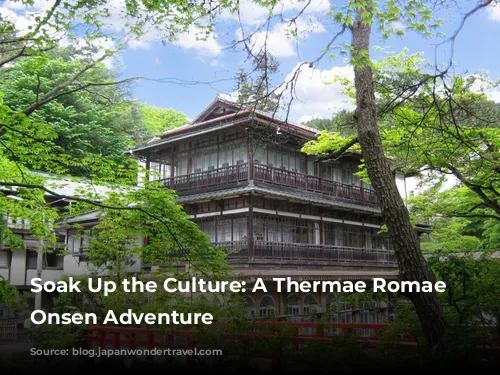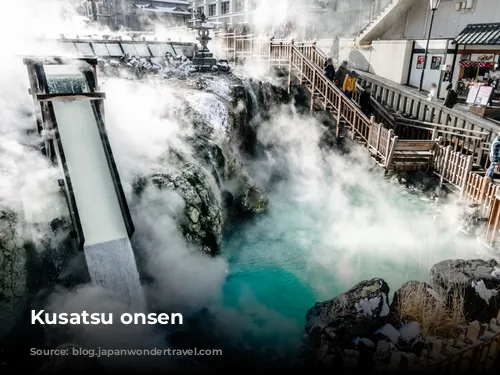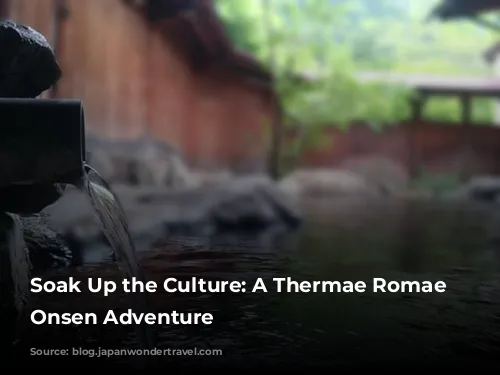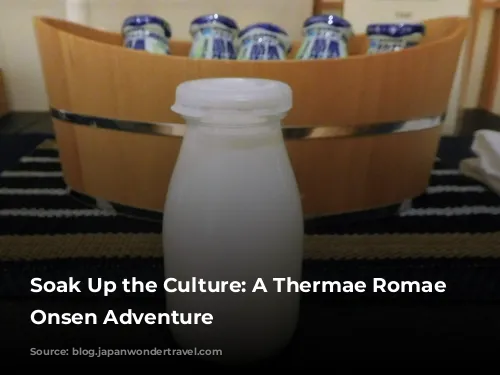Are you a fan of the hilarious anime Thermae Romae Novae on Netflix? Join us as we explore the real-life onsens that inspired the show, where you can trace the footsteps of Lucius, the Roman bathhouse architect who magically finds inspiration in modern Japan.
This series delves into the fascinating world of Japanese bathing culture, showcasing a range of ingenious inventions and relaxing traditions. You’ll discover why onsen, or natural hot springs, have become a beloved part of Japanese life for centuries.
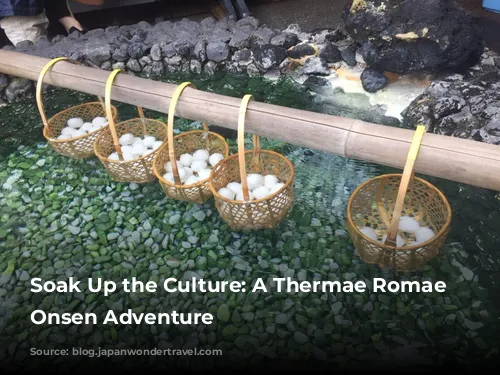
Kusatsu Onsen: Where Health and Relaxation Merge
Located in Gunma Prefecture, Kusatsu Onsen is a bustling village renowned for its therapeutic hot springs. Thousands flock here annually for “toji”, a traditional practice of bathing in onsen to alleviate ailments and promote well-being. The mineral-rich waters of Kusatsu boast numerous health benefits, including lowered blood pressure, improved digestion, and pain relief, making it a haven for those seeking a restorative experience.
The steaming hot springs flow at a natural temperature of 42-44 degrees Celsius, but dedicated “water keepers” ensure the water remains at a comfortable 42 degrees. Kusatsu Naraya, a famous ryokan (traditional Japanese inn) featured in the live-action segments of Thermae Romae Novae, offers an unforgettable, albeit pricey, stay.
For a more budget-friendly treat, try onsen tamago, the soft-boiled eggs cooked in onsen water that Lucius encounters on his journey. This unique dish absorbs the onsen’s minerals, making it a delicious and healthy snack.
Hakone: A Volcano’s Gift of Relaxation
Just an hour west of Tokyo, Hakone is a volcanic wonderland, home to numerous onsens. It’s a paradise for those seeking luxurious accommodations, with elegant ryokans boasting stunning private and public onsen baths.
But Hakone offers more than just relaxation; it’s also a haven for fun! Yunessun Onsen is a family-friendly haven with a unique twist – it features onsen hot springs, slides, cave baths, and even a “wine bath”, similar to the one that inspired Lucius in the series.
With a variety of indoor and outdoor baths, saunas, aroma rooms, and even green tea baths, Yunessun provides a full sensory experience. You’ll have no trouble spending a whole day exploring its vast offerings.
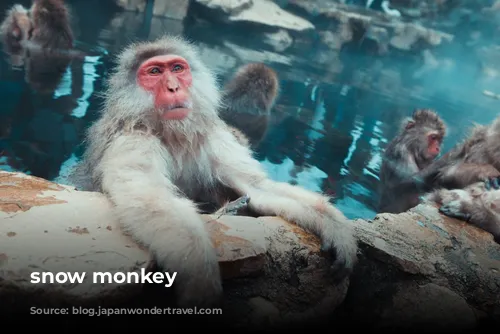
Hoshi Onsen Chōjukan: A Glimpse into Japan’s Past
While mixed-gender bathing isn’t the norm in most onsens, there are exceptions. Hoshi Onsen Chōjukan in Gunma offers a co-ed bath, similar to the one Lucius discovers in the Edo Period of the show.
This onsen is housed in a beautiful old building, designated a cultural property, and features both a mixed-gender and a women-only area. For a taste of history and a shared experience, consider visiting Hoshi Onsen Chōjukan, where you can enjoy a day trip for just 1000 JPY per person.
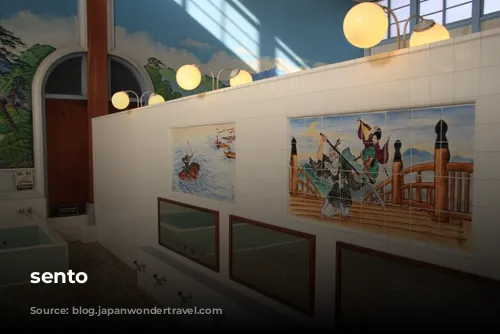
Sekizenkan in Shima Onsen: Where Nature and Tradition Meet
Nestled deep in a pine forest, Sekizenkan, a ryokan in Shima Onsen, is a haven for both relaxation and inspiration. Its stunning architecture, inspired by the Ghibli film Spirited Away, is a feast for the eyes.
Sekizenkan boasts both indoor and outdoor baths, offering guests a chance to unwind and soak in the pristine hot spring water, known for its mineral-rich, salty taste. It’s said to be so pure and healthy that guests can even participate in “Shio no Yu Insenjo”, or “drinking hot spring water”, similar to the famous spring water in Karlovy Vary, Czech Republic. While the taste may be unique, it’s said to have healing properties.
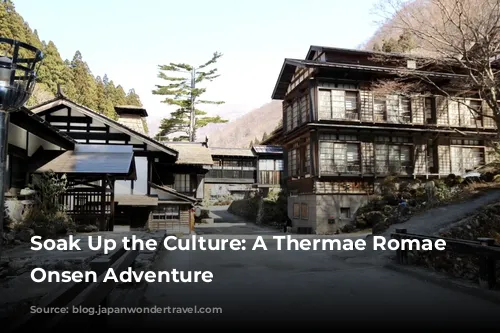
Sento: The Heart of Local Bathing Culture
While onsen refers to natural hot springs, sento are man-made baths. Regulated by strict laws, only water originating from natural hot springs can be classified as onsen.
Sento, often found in neighborhoods, were once essential for communities without private bathrooms. Even today, many people enjoy the communal bathing experience. Look for the hiragana ‘ゆ’ on a noren curtain, which often marks the entrance to a sento.
Super Sento: A Bathing Playground
For a more elaborate onsen experience, visit a super sento, which can be likened to onsen theme parks. These large complexes offer a vast array of indoor and outdoor baths, saunas, restaurants, massage services, and even entertainment areas.
Get ready for a fun-filled day of arcade games, traditional games, and even the same delicious fruit milk that impressed Lucius in the show.
The Snow Monkeys: Nature’s Hot Spring Lovers
Remember the adorable red-faced monkeys who appeared in the series? You can see these Japanese macaques, also known as Snow Monkeys, in Nagano, where they enjoy bathing in natural hot springs, especially during the cold winter months.
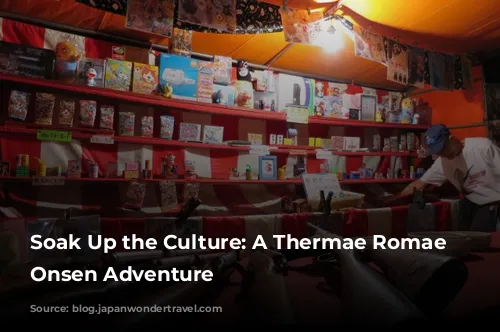
Immerse Yourself in Japanese Culture
Taking a relaxing bath in an onsen or sento is a quintessential Japanese experience. To make the most of your trip, consider joining a private or group tour with a local guide, who can offer insider tips and navigate the local customs.
Our company offers a variety of tours in cities like Tokyo, Kyoto, Osaka, and Hiroshima. Explore our website for inspiration and book your favorite tour!
Follow us on social media for more travel inspiration and to share your own Japanese adventures!
